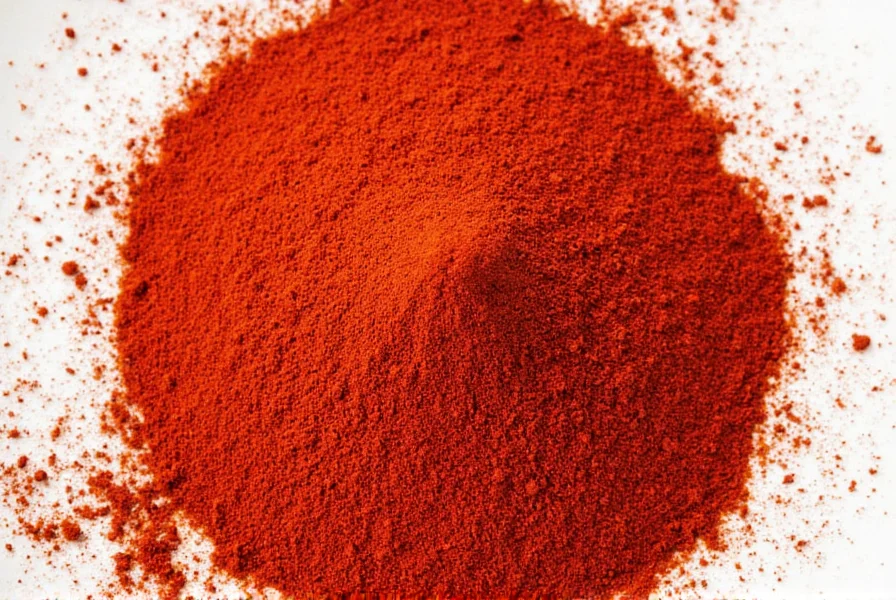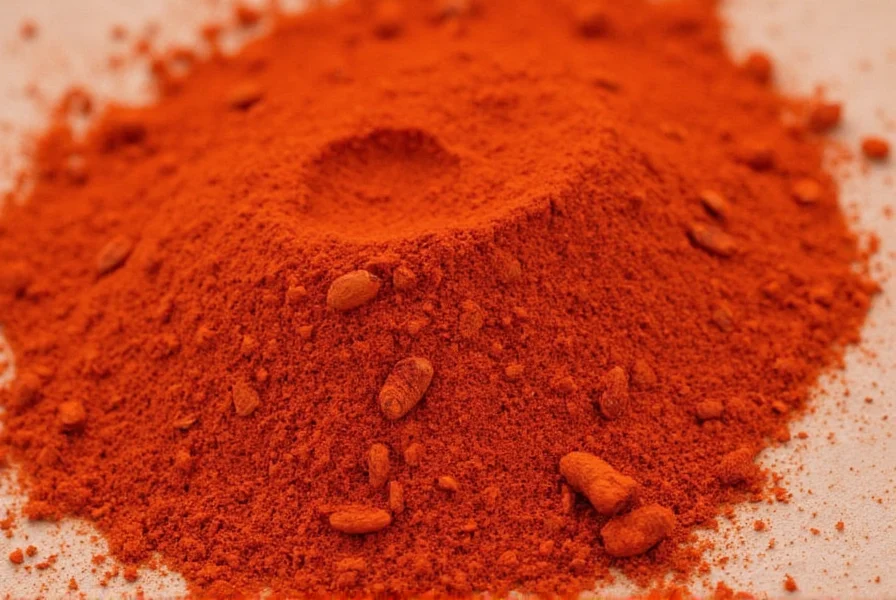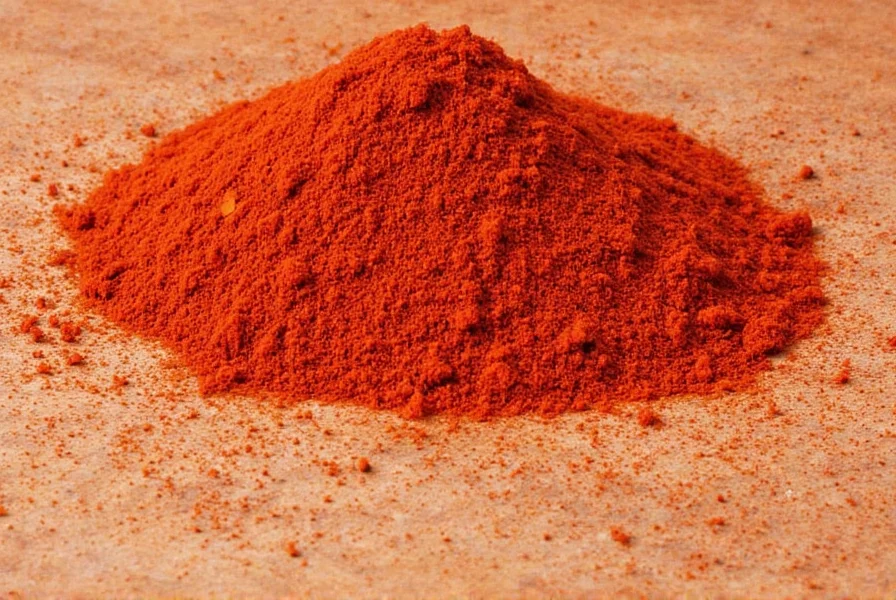Paprika isn't just a single spice but rather a spectrum of flavors derived from different pepper varieties. Understanding what spice is paprika requires exploring its origins, production methods, and the diverse types available to home cooks and professional chefs alike.
The Origins of Paprika
While peppers originated in the Americas, paprika as we know it developed primarily in Hungary during the 16th century after Christopher Columbus brought peppers back to Europe. Hungarian farmers selectively bred peppers to create varieties perfect for drying and grinding into the distinctive spice. Today, Hungary remains renowned for its high-quality paprika, with the town of Kalocsa considered the paprika capital of the world.
The name "paprika" comes from the Hungarian word for pepper, which itself derives from the Serbian word "papar." This linguistic journey reflects the spice's path through Central Europe before becoming a global kitchen staple.
How Paprika is Made: From Peppers to Powder
Creating authentic paprika involves several precise steps:
- Pepper selection: Specific sweet or semi-sweet pepper varieties are chosen
- Drying: Peppers are dried either in the sun or using controlled heat
- Seed and stem removal: Only the fleshy pepper walls are used
- Grinding: Dried peppers are milled into fine powder
- Processing: Some varieties undergo additional smoking or blending
The specific peppers used determine paprika's final flavor profile. Unlike chili powder which often contains additional spices, pure paprika contains only ground peppers. This distinction is crucial when understanding what is paprika spice made of compared to similar seasonings.
| Type of Paprika | Heat Level (Scoville) | Flavor Characteristics | Best Culinary Uses |
|---|---|---|---|
| Sweet Hungarian | 0-150 SHU | Fruity, earthy, slightly sweet | Goulash, chicken paprikash, deviled eggs |
| Smoked Spanish (Pimentón) | 100-1,000 SHU | Deeply smoky, complex | Paella, roasted vegetables, barbecue rubs |
| Hot Hungarian | 5,000-10,000 SHU | Spicy with underlying sweetness | Spicy stews, meat marinades, chili |
| Sweet American | 100-500 SHU | Mild, slightly bitter | Salad dressings, potato salads, color enhancement |
Different Types of Paprika Explained
Not all paprika is created equal. The difference between sweet and smoked paprika lies in both the pepper varieties used and the production process:
Sweet Paprika
The most common variety, particularly in Hungarian cooking, sweet paprika delivers rich color without significant heat. It's made from bright red, sweet peppers that are dried and ground. When wondering what does paprika taste like in its sweet form, think of a mild, earthy flavor with subtle fruit notes.
Smoked Paprika (Pimentón)
Hailing from Spain, smoked paprika undergoes an additional smoking process over oak fires, giving it a distinctive campfire-like flavor. This variety comes in sweet (dulce), bittersweet (agridulce), and hot (picante) versions. Understanding Hungarian paprika vs regular paprika often comes down to this smoking process, as traditional Hungarian varieties are not smoked.
Hot Paprika
For those seeking heat, hot paprika varieties contain significant capsaicin. These are made from spicier pepper varieties and can range from moderately hot to quite fiery. Hot paprika maintains the characteristic paprika flavor while adding noticeable heat.
Culinary Applications: How to Use Paprika Effectively
Knowing how to use paprika in cooking transforms ordinary dishes into extraordinary meals. Unlike many spices, paprika's flavor compounds are oil-soluble rather than water-soluble, meaning it performs best when:
- Blooming in oil or fat before adding other ingredients
- Added early in the cooking process for stews and braises
- Used as a finishing touch for color and fresh flavor
- Combined with complementary spices like cumin and garlic
Professional chefs recommend adding paprika at two different stages: some early for flavor development and some at the end for vibrant color and fresh aroma. This technique maximizes both the flavor and visual impact of what spice is paprika in your dishes.

Storage Tips for Maximum Freshness
Paprika loses potency faster than many other spices due to its high oil content. To maintain freshness:
- Store in an airtight container away from light and heat
- Keep in a cool, dark cupboard (not above the stove)
- Consider refrigeration in hot climates
- Use within 6-12 months for optimal flavor
A simple freshness test: rub a small amount between your fingers and smell. Fresh paprika should have a vibrant, aromatic scent. If it smells dull or musty, it's time to replace it. Proper storage ensures you get the most from your paprika, whether you're making traditional Hungarian dishes or experimenting with paprika spice substitutes in other cuisines.
Common Paprika Substitutes
When you're wondering what to use if you don't have paprika, several alternatives can work depending on your needs:
- For color: A pinch of cayenne pepper mixed with tomato paste
- For mild flavor: A combination of chili powder and a touch of red bell pepper powder
- For smoked flavor: Chipotle powder (use sparingly as it's much hotter)
- For sweet paprika: A mixture of sweet red bell pepper powder and a tiny bit of cayenne
Remember that is paprika the same as chili powder? No—chili powder typically contains additional spices like cumin and oregano, while pure paprika contains only ground peppers. This distinction matters when substituting in recipes where paprika's specific flavor profile is essential.

FAQ About Paprika
Is paprika just red pepper?
Paprika is made from specific varieties of red peppers, but not all red peppers make good paprika. It comes primarily from sweet or semi-sweet Capsicum annuum varieties that are specially cultivated, dried, and ground. While technically a red pepper seasoning, paprika has a more complex flavor profile than generic "red pepper" might suggest.
What's the difference between Hungarian and Spanish paprika?
Hungarian paprika typically comes in sweet, hot, and special varieties, with a focus on pure pepper flavor without smoking. Spanish paprika (pimentón) is often smoked over oak fires, giving it a distinctive smoky flavor, and comes in sweet (dulce), bittersweet (agridulce), and hot (picante) varieties. The production methods and pepper varieties differ significantly between these two paprika traditions.
Can I use paprika instead of chili powder?
You can substitute paprika for chili powder in some recipes, but with important caveats. Paprika provides color and mild pepper flavor but lacks the additional spices (like cumin and garlic powder) found in most chili powder blends. For best results, use sweet paprika plus a pinch of cumin when substituting for chili powder in non-spicy dishes, or add hot paprika for spicier applications.
Why does paprika vary so much in color?
Paprika's color variation comes from different pepper varieties, growing conditions, and processing methods. The most vibrant red paprikas come from peppers high in carotenoids, particularly capsanthin. Hungarian "Kaiser" and "Édesnöm" varieties produce the brightest reds, while some Spanish smoked paprikas may appear slightly darker due to the smoking process. Proper drying and grinding techniques also preserve the vibrant color.
Is paprika healthy?
Yes, paprika offers several health benefits. It's rich in vitamin A (from beta-carotene), capsaicin (which may boost metabolism), and antioxidants. Some varieties, particularly smoked paprika, contain compounds formed during smoking that may have additional health properties. Paprika also provides vitamin E and carotenoids that support eye health. As with all spices, it's most beneficial when used as part of a balanced diet.











 浙公网安备
33010002000092号
浙公网安备
33010002000092号 浙B2-20120091-4
浙B2-20120091-4